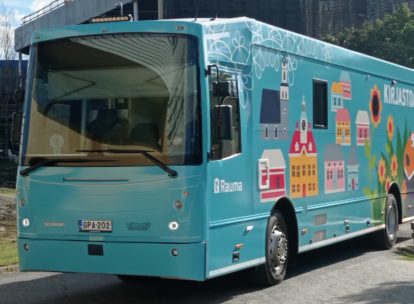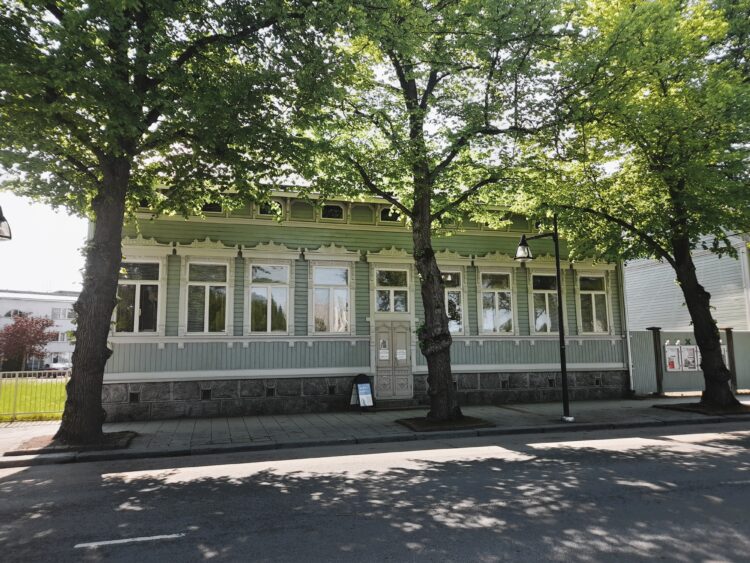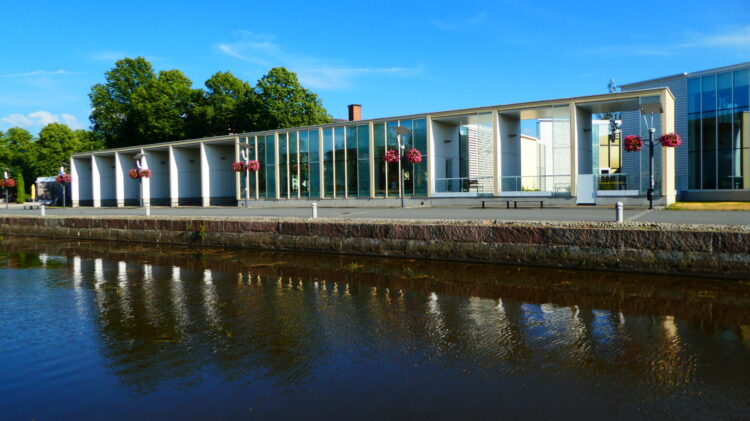Rauma’s School Network Reform
On 17 June, the Rauma City Council decided that the Vasarainen, Kodisjoki and Kortela Schools will be closed. The Kodisjoki and Vasarainen Schools will close on 31 July 2026 and the Kortela School will close on 31 July 2027.
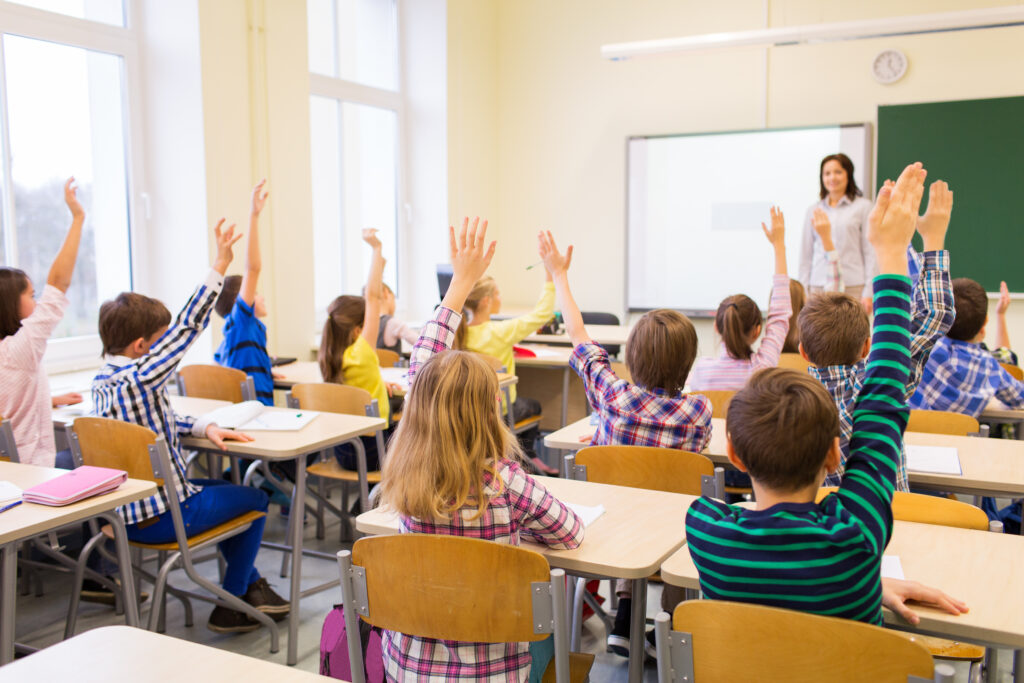
On 17 June, the Rauma City Council decided that the Vasarainen, Kodisjoki and Kortela Schools will be closed. According to the decision, the Vasarainen School will close at the end of the academic year on 31 July 2026 and pupils will transfer to the Uotila School, the Kodisjoki School will close at the end of the academic year on 31 July 2026 and pupils will transfer to the Unaja School and the Kortela School will close at the end of the academic year on 31 July 2027 and pupils will transfer to the Nanunkallio School.
The council also decided that the school network will be reviewed in its entirety by the end of the next council term. A measure was also approved to provide direct transport for children from Kodisjoki to the school in Unaja. There were originally two options for a new primary school network in Rauma. In both options, pupils from the four schools would have moved to other schools between 2026 and 2030. The schools to be removed were Kaaro, Kortela, Kodisjoki and Vasarainen.
Steering Group’s Guideline
On 20 May, the School Network Reform Steering Group backed option B. Decisions on the transfer of pupils from the Vasarainen School to the Uotila School and the transfer of pupils from the Kodisjoki School to the Unaja School in the academic year 2026-2027 and the transfer of pupils from the Kortela School to the Nanunkallio School in the academic year 2027-2028 would be taken this spring. The transfer of the Kaaro School to the Pohjoiskehä School, planned for the academic year 2030-2031 at the earliest, would be considered in the next council term while carrying out a complete review of the new school network.
Education Comittee Agrees With Steering Group
On 29 May, the City Education Committee decided to propose to the City Board that the Vasarainen School close at the end of the academic year on 31 July 2026 and pupils transfer to the Uotila school, the Kodisjoki school close at the end of the academic year on 31 July 2026 and pupils transfer to the Unaja school and the Kortela school close at the end of the academic year on 31 July 2027 and pupils transfer to the Nanunkallio school. The committee also decided to propose a complete review of the school network by the end of the next council term.
The City Board Voted in Favour of Option B
Option B, which passed the steering group and the Education Committee, also succeeded in the City Board. The mayor’s proposal to close the three schools and review the entire school network by the end of the next council term was passed by the City Board after a vote. The City Board Council also marked the school network plan, the summary of surveys on the school network reform, the child impact assessment, the petition to the President of the City Council and the Steering Group’s memos as served, meaning that the documents have been recieved and reviewed.
The final decision on the new school network was taken on 17 June by the City Council, which approved the City Board’s proposal. The council also approved a measure to provide direct transport for children from the Kodisjoki school to the Unaja school.
Many Channels for Participation
To ensure openness and participation, a number of channels were opened to citizens. In addition to the municipal meetings open to all, a general survey and a survey of parents and staff of pupils at Kaaro, Kortela, Kodisjoki and Vasarainen Schools were carried out. A third survey was carried out on school staff.
In addition, a child impact assessment was carried out using Unicef guidelines and examples from THL, the Ministry of Social Affairs and Health and the Ministry of Education and Culture, and direct contact was opened with the developers of the proposal by allowing questions to be asked through the Register Office and receiving answers in person.
The most popular channel for participation was the citizens’ questionnaire, to which 661 people responded.
Option A
In school network option A, the recipient schools are the new schools in Uotila and Nanunkallio as well as the Pohjoiskehä School, which was completed in 2019. The school changes would take place in three phases, with the Kodisjoki and Vasarainen Schools transferring to Uotila in the academic year 2026–2027 and the Kortela School transferring to Nanunkallio in the academic year 2027–2028. Finally, pupils from Kaaro School would move to Pohjoiskehä School in the academic year 2030–2031 at the earliest.
Option B
Under Option B, pupils from Kodisjoki School would move instead of Uotila to Unaja School. In all other aspects, the plan is in line with Option A. Although the schools receiving the pupils are designated in the plan, parents have the possibility to choose another school for their child.
The Kari School was also included in the list of schools under consideration. Due to the large number of pupils, it is not possible to transfer them to other schools. In addition, the role of Kari as an immigrant preparatory school needs to be further strengthened.
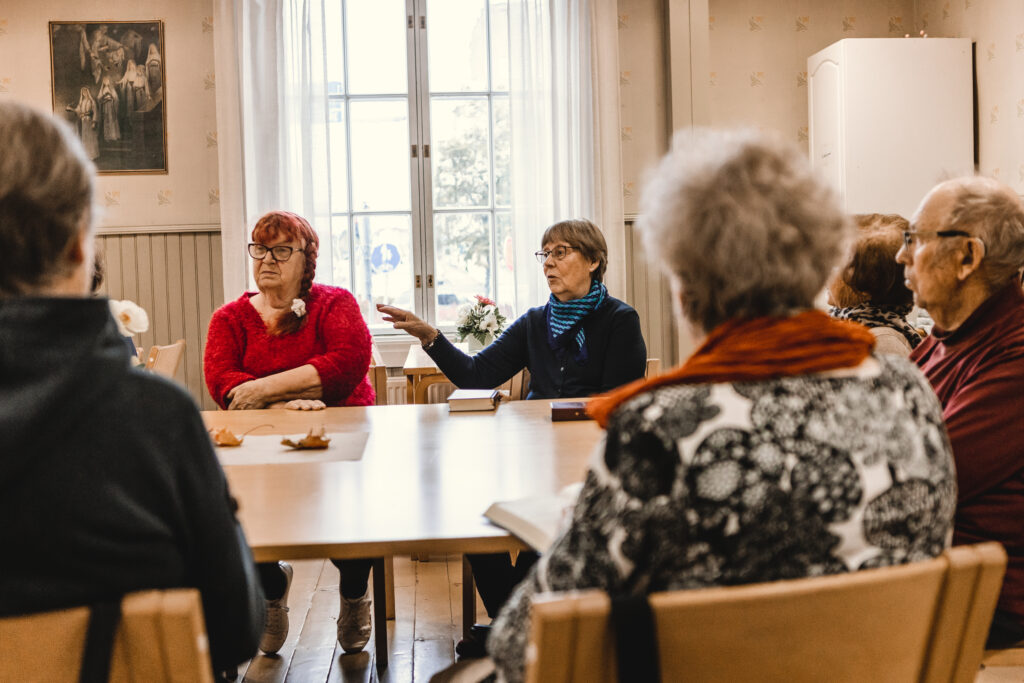
Video
The City council meeting was held on 17 June.
The final decision on Rauma’s school network reform was made on 17 June at the City Council meeting. Watch the recording of the meeting here.
A Multi-Faceted Approach to the Study
The school network planning process examined alternative models from different perspectives. In terms of pedagogical aspects, the main issues raised were moderate group sizes, possibilities to support teaching and learning, full use of school facilities, arrangements for special needs education, the possibility of small groups, the abolition of combined classroom teaching, and the consideration of immigration.
The school building analysis compared the structural condition, maintenance costs and investment needs of primary schools. The regional analysis showed that 69% of children under school age live within 3.5 km of the city centre.
Issues Taken Into Account in the Planning
- Pedagogical considerations
- Student services
- Impact on staff
- Investments and school buildings
- School transport
- Immigration projections
Why is the School Network Being Reformed?
The main reason for the renewal of the school network is Rauma’s declining pupil numbers. Over the period 2020–2030, the number of primary school pupils will decrease by 27.6%, i.e. by around 660 children. This is about a third of the total number of pupils in primary schools and means 33 classes worth of students will disappear. The sharp reduction in the number of pupils and the reduction in the city’s financial flexibility call for a review of the school network in order to secure the strategic objective of providing quality education for children.
What Does the Reform Aim to Achieve?
- Ensuring the quality of basic education in the future
- Controlled group sizes
- Maintaining time frames and hours of education
- Healthy and safe school buildings
- School space allocation in line with pupil numbers
- A regionally balanced primary school network
- Modern and comfortable learning environments
- Higher occupancy rates of school facilities
- Better access to student care
- Reduced renovation and maintenance costs
- Appropriate allocation of staff
- Taking immigration into account


